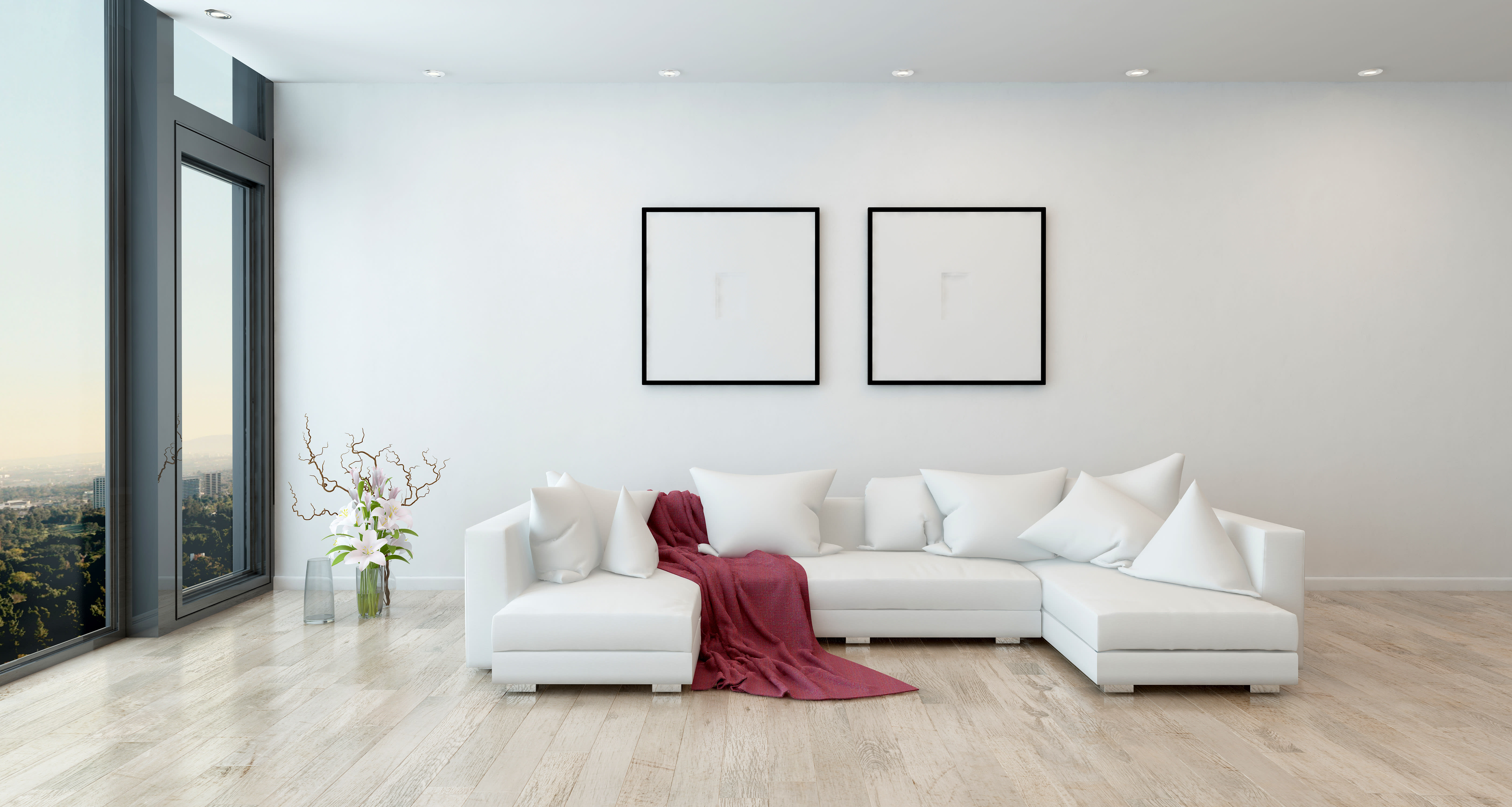Real hardwood floors are made from solid wood harvested from trees such as oak, maple, cherry, or walnut. These floors are highly sought after for their natural beauty, durability, and timeless appeal. Unlike laminate or engineered wood flooring, which are manufactured using layers of synthetic materials, hardwood floors consist of solid planks cut from a single piece of timber.
Examine the Grain Patterns
One of the most distinctive features of hardwood flooring is its grain pattern. When you inspect your floors up close, you should be able to see the unique grain patterns inherent to the type of wood used. These patterns vary depending on the species of wood and can range from straight and uniform to more complex and irregular. Oak, for example, often exhibits pronounced grain patterns, while maple tends to have a subtler, more uniform appearance.
Look for Natural Variations in Color and Texture
Another characteristic of real hardwood floors is their natural variations in color and texture. Unlike synthetic materials, which may have a uniform appearance, hardwood floors showcase the inherent beauty of the wood itself. You may notice subtle variations in color from plank to plank, as well as differences in texture, such as knots, mineral streaks, and grain variations. These imperfections are part of what makes hardwood flooring so unique and authentic.
Check for Solid Construction
One surefire way to determine if you have real hardwood floors is to examine their construction. Solid hardwood floors are typically installed as individual planks that are nailed or glued down to the subfloor. If you're able to access the underside of your floors, you should see solid wood throughout the thickness of the plank, with no layers of plywood or other materials sandwiched in between.
Perform the Water Test
A simple yet effective way to test whether your floors are real hardwood is to perform a water test. Dip a small, inconspicuous area of the floor with a damp cloth. If the water is quickly absorbed into the wood and does not bead up on the surface, you likely have real hardwood floors. However, if the water pools or beads on the surface, your floors may be coated with a sealant or finish, indicating they are not solid hardwood.
Consult with Flooring Professionals
If you're still unsure whether your floors are real hardwood, don't hesitate to consult with flooring professionals like the team at Avalon Wood Flooring. Our experienced staff can provide expert guidance and assistance in identifying the type of flooring in your home. We offer a wide selection of hardwood flooring options, including oak, maple, cherry, walnut, and more, to suit your style and budget.
Determining whether you have real hardwood floors in your home requires careful observation and attention to detail. By examining the grain patterns, checking for natural variations in color and texture, inspecting the construction, performing a water test, and seeking guidance from flooring professionals, you can confidently identify the type of flooring in your home. At Avalon Wood Flooring, we're here to help you make informed decisions about your flooring needs and ensure that you enjoy the timeless beauty and durability of real hardwood floors for years to come.



